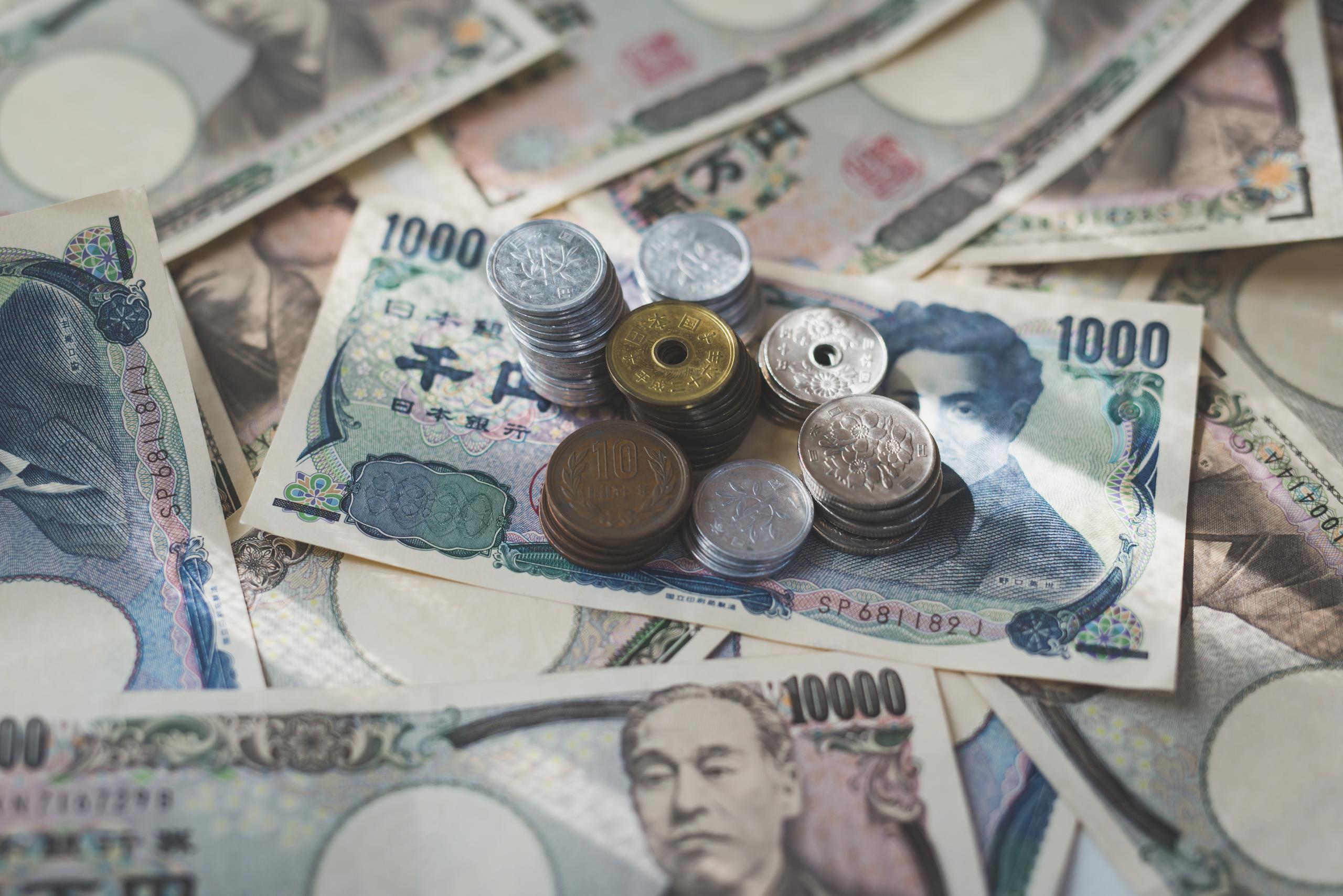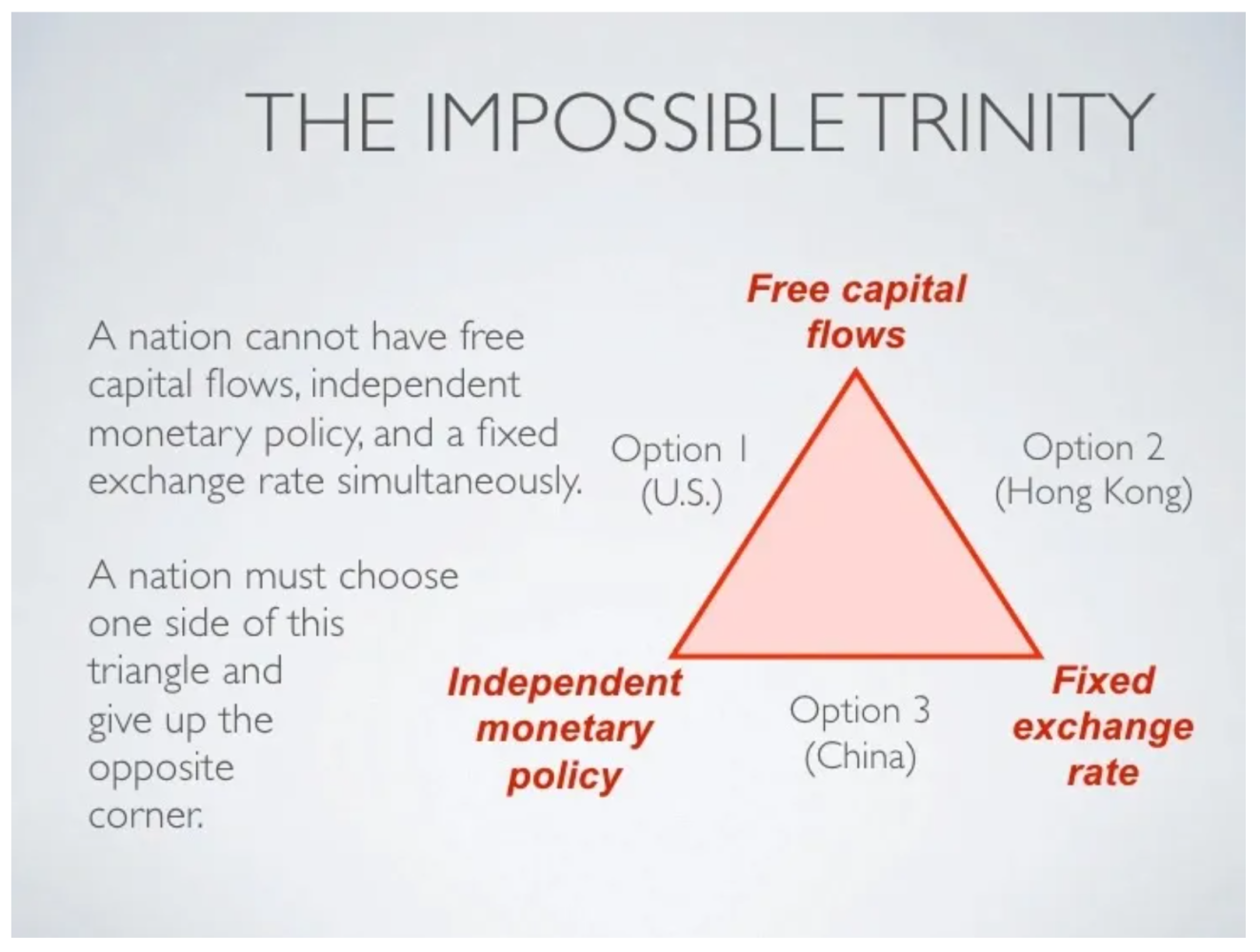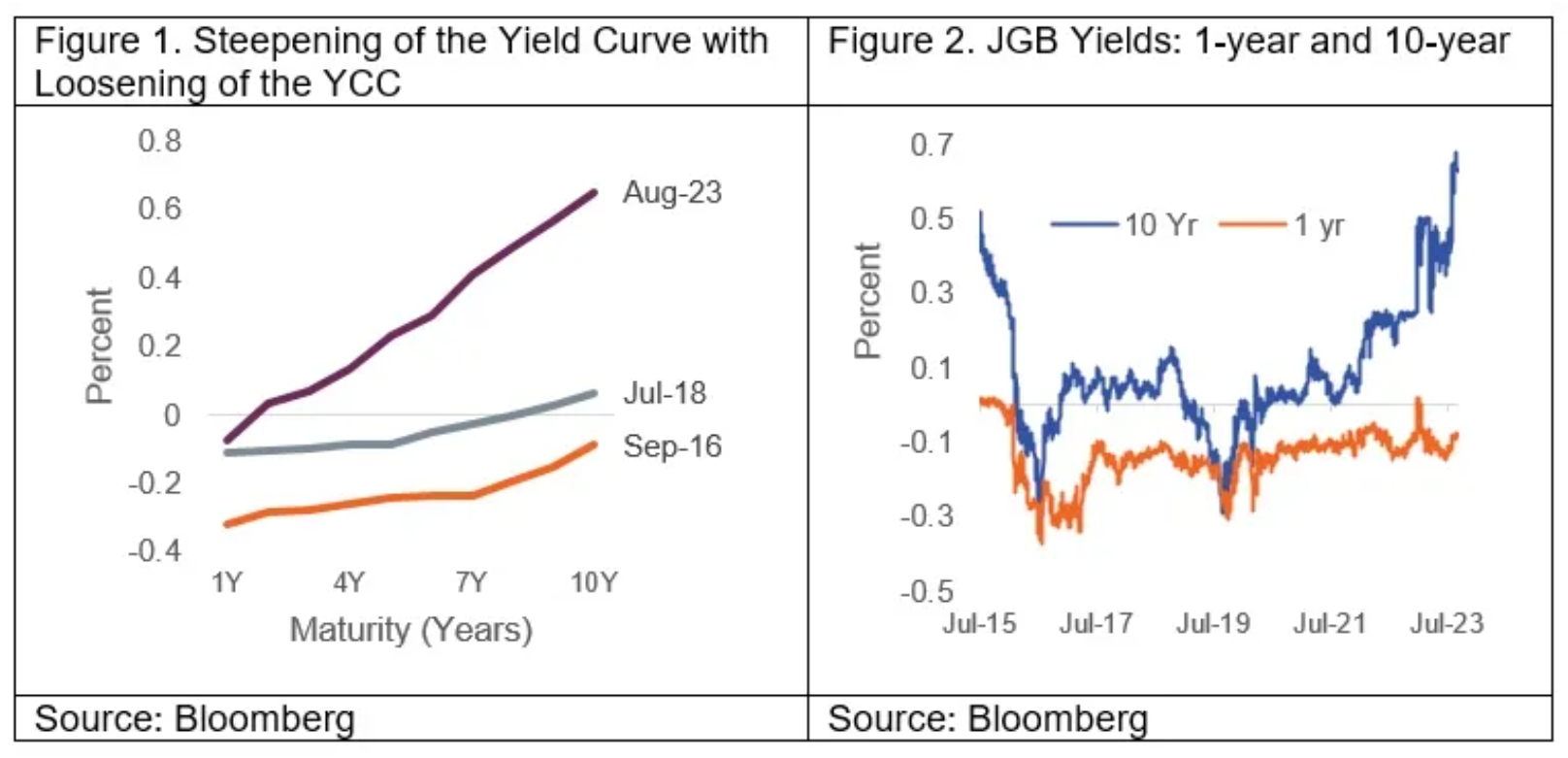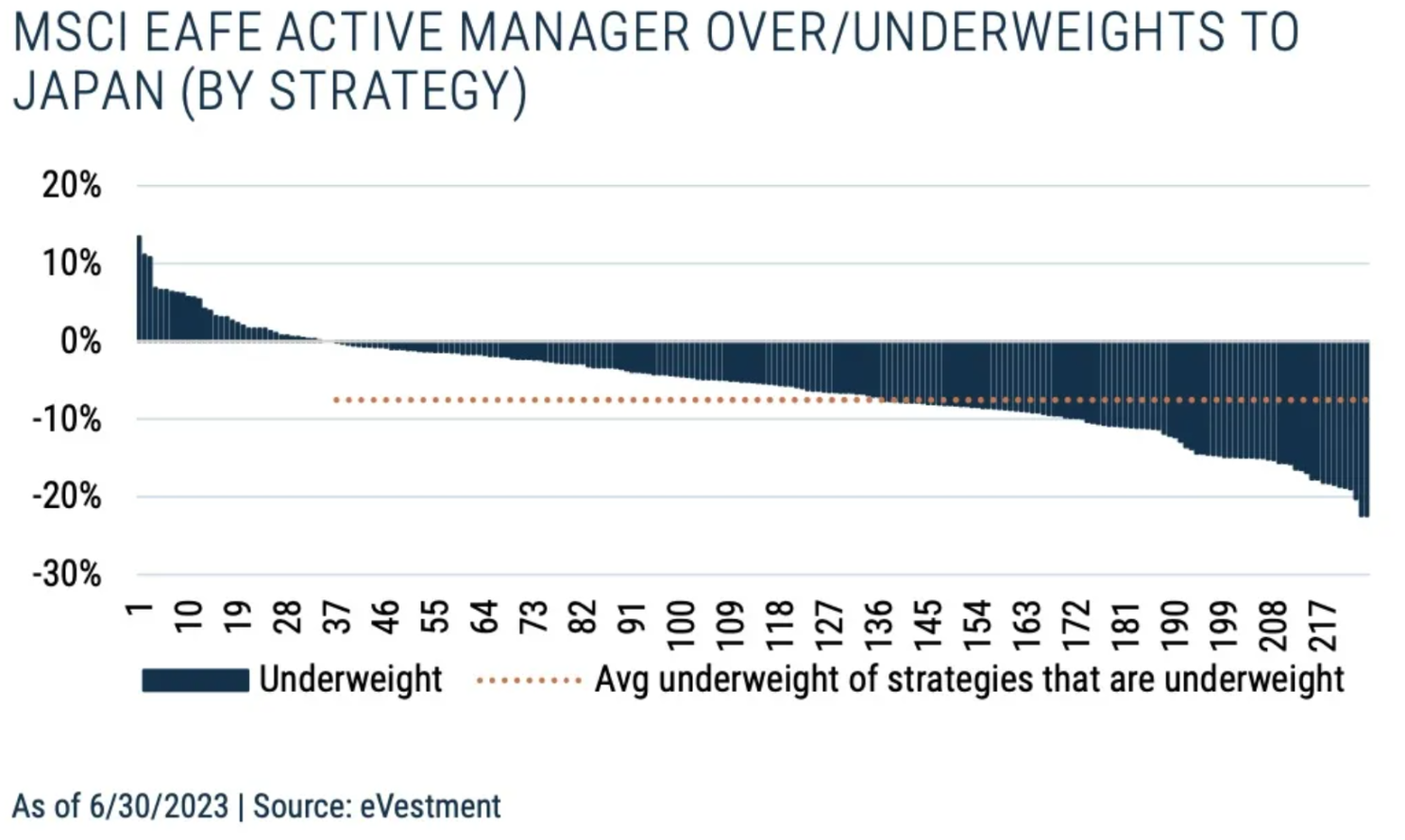The impossible trinity
2023-10-23
BY CHELTON WEALTH

After the dollar rose to 150 yen on 3 October, the same dollar suddenly fell 3 yen on 4 October. This raised suspicions of intervention by the Japanese government. This was not confirmed by finance minister Shunichi Suzuki. Japan did intervene in currency markets regularly in the past, but usually to ensure that a weaker yen would positively boost the Japanese economy. Incidentally, those interventions had little effect. The only result was that they left Japan with extensive foreign exchange reserves by selling yen and buying the dollar in particular.

IMPOSSIBLE TRINITY
Any interventions in foreign exchange markets conflict with the Japanese central bank’s Yield Curve Control (YCC) policy. The YCC policy ensures a weaker yen, while any interventions aimed at a stronger yen. A combination of fixed exchange rates, free capital flows and an independent monetary policy is impossible. This impossible trinity is also known as the exchange rate regime trilemma. Countries with an open capital market with their own monetary policy will have to accept a free exchange rate. Two out of three is possible, but not all three at once. Last year, Japan did try it, but it was doomed to failure.
PRO-CYCLICAL YCC POLICY
The solution for the Japanese economy is to stop the YCC policy. Moreover, that policy is procyclical. When the Japanese economy is in trouble, the Japanese central bank takes money off the table and when the economy is strong, the Bank of Japan actually injects extra liquidity. Finally, Japan’s core inflation rate is well above 2 per cent (without the previous VAT hikes that only had a temporary effect).

ONLY DEVELOPED COUNTRY WITH ASTEEP YIELD CURVE
The YCC policy was originally designed to get interest rates right up and thus achieve a steep yield curve. Now it is doing exactly the opposite and ensuring a flatter curve. Moreover, Japan is now the only country in the world with and steep yield curve and together with higher inflation and interest rates, this also explains the outperformance of Japanese banks, whereas in the rest of the world, banks are actually struggling.

END OF YCC POLICY IN SIGHT
Japan’s 10-year swap has risen above 1 per cent in recent weeks. That 1 per cent is effectively the ceiling in the current YCC policy. Now the swap rate does exceed the rate on 10-year JGBs, but it is clear that the market wants interest rates in Japan to rise further. The moment the central bank sticks to the YCC policy, the yen may weaken further. It seems a matter of time until this policy is abolished. The weak yen makes Japanese assets extra cheap. The moment the YCC policy is abolished, the yen may also recover. Investors have been chronically underweight Japanese assets for the past three decades. For a long time this was justified, but Japan today has much better corporate governance. Earnings per share are growing relatively strongly. Excess capital is increasingly being paid out in the form of dividends. Despite this, as many as 84 per cent of investors are underweight in Japan.


